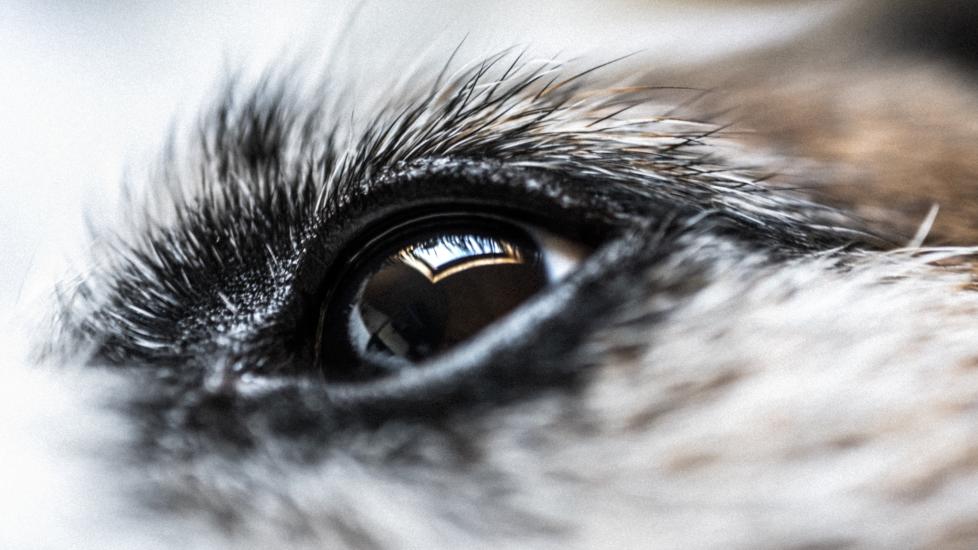In the realm of canine health, distichiasis is a condition that warrants attention and understanding. This unique eye anomaly affects dogs, presenting as an extra row of eyelashes growing from an abnormal spot along the edge of the eyelid. While seemingly innocuous at first glance, these rogue lashes can cause significant discomfort to our four-legged companions. It behooves pet owners and veterinary professionals alike to delve into the intricacies of this condition, its implications for dog welfare, and the measures available to manage it effectively.
Understanding Distichiasis:
Distichiasis occurs when one or more additional rows of eyelashes develop from the meibomian gland orifices located near the base of the eyelids. These aberrant lashes often turn inward, irritating the surface of the eye upon blinking. The resulting inflammation can lead to redness, tearing, corneal ulceration, and even vision impairment if left untreated.
Signs and Symptoms:
Dogs with distichiasis may exhibit various signs indicating distress. Owners might notice their pets squinting, rubbing their eyes excessively, pawing at their face, or showing signs of ocular pain such as whining or sensitivity to light (photophobia). A thorough examination by a veterinarian is necessary to confirm the presence of distichiasis and rule out other potential causes of eye irritation.
Diagnosis and Management:
A professional diagnosis typically involves a close inspection of the eye using magnification tools like an ophthalmoscope or slit lamp. In some cases, cytology or culture tests may be performed to exclude concurrent infections. Treatment options vary depending on the severity of symptoms but generally include regular grooming to remove loose lashes, topical antibiotics or anti-inflammatory medications to alleviate inflammation, and occasionally, surgical intervention to correct the malpositioned lashes permanently.
Prevention and Care Tips:
Pet parents can play a crucial role in managing distichiasis through diligent care:
1. Regular Grooming: Keep your dog’s coat well-groomed to prevent hair from migrating towards the eyes and causing further irritation.
2. Environmental Modifications: Minimize exposure to windy conditions or dusty environments that could exacerbate eye issues.
3. Monitoring: Regularly check your dog’s eyes for any changes in appearance or behavior that could indicate worsening symptoms.
4. Professional Help: Seek advice from a veterinarian regarding suitable dietary supplements or treatments that support eye health.
Conclusion:
The world of our beloved pooches is replete with challenges, both seen and unseen. Distichiasis is one such challenge that demands attentive management and skilled treatment. By arming ourselves with knowledge and engaging in proactive care practices, we ensure that our canine friends receive the best possible quality of life despite facing this condition. Let us continue to strive for excellence in their welfare, guided by compassion and expertise.
